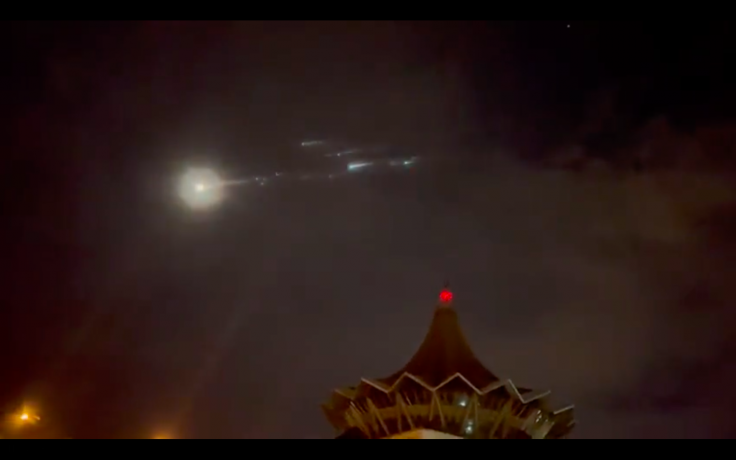Chinese space rocket has crash-landed on the Earth somewhere in the Indian Ocean. The rocket disintegrated in the sky before splashing into the ocean. Videos that emerged on the internet show rocket debris lighting up the night sky over Malaysia.
Previously, it was estimated that the rocket could land in places as far as Mexico and Texas. Social media users who posted the video initially considered it a meteor.

US Space Command Confirms Rocket Booster Fell To The Earth
The US Space Command has confirmed that the rocket booster fell to the Earth on Saturday afternoon. "#USSPACECOM can confirm the People's Republic of China (PRC) Long March 5B (CZ-5B) re-entered over the Indian Ocean at approx 10:45 am MDT on 7/30. We refer you to the #PRC for further details on the reentry's technical aspects such as potential debris dispersal+ impact location," tweeted US Space Command.
NASA had asked China to share the trajectory information of the debris where possibly it could fall but Beijing didn't share.
China Didn't Share Trajectory Information With NASA
NASA Administrator Bill Nelson said that all spacefaring nations should follow established best practices and do their part to share this type of information in advance to allow reliable predictions of potential debris impact risk, according to Daily Mail.
"Doing so is critical to the responsible use of space and to ensure the safety of people here on Earth," said Nelson.
The debris is from the Long March 5B-Y3 rocket, which China considers the most powerful rocket in the country. To deliver the Wentian module to China's Tiangong Space Station, the rocket was launched on July 24.
Chinese Space Agency Didn't Follow International Norms
NASA previously warned the Chinese space agency, which doesn't follow international norms on certain product development, to manufacture and design their rockets to disintegrate into smaller pieces upon re-entry.
Impossible To Predict Exact Point of Crash
It was impossible to predict the exact point of the crash as the booster stage raced around Earth's orbit every 90 minutes.
Read more









